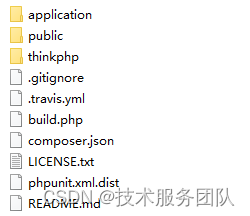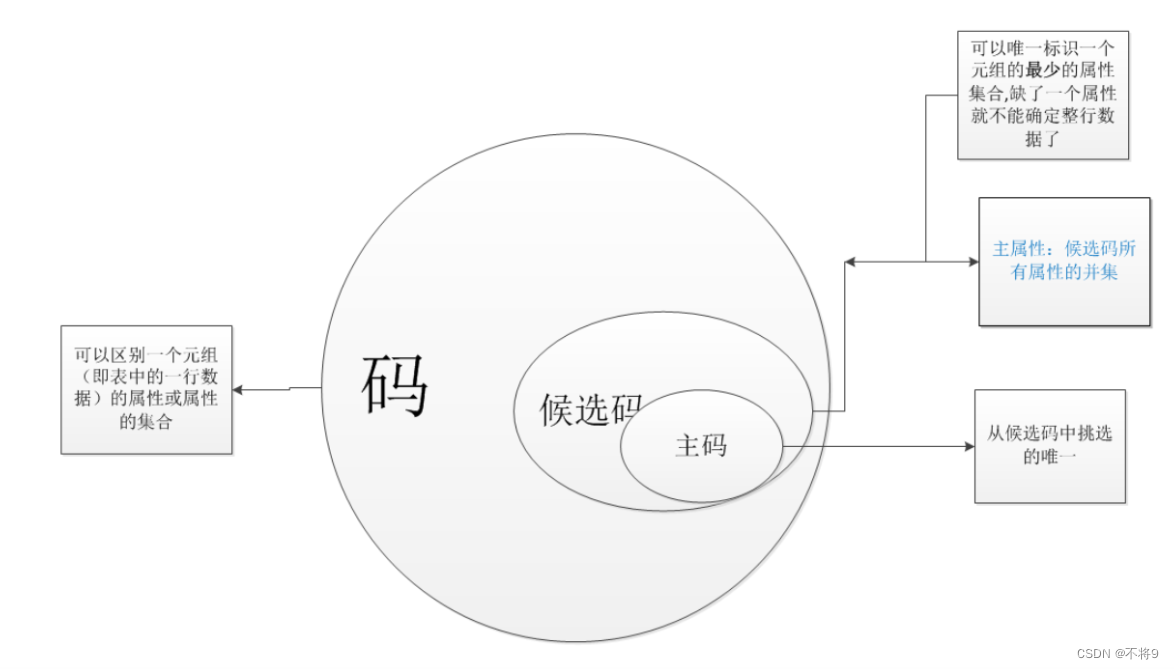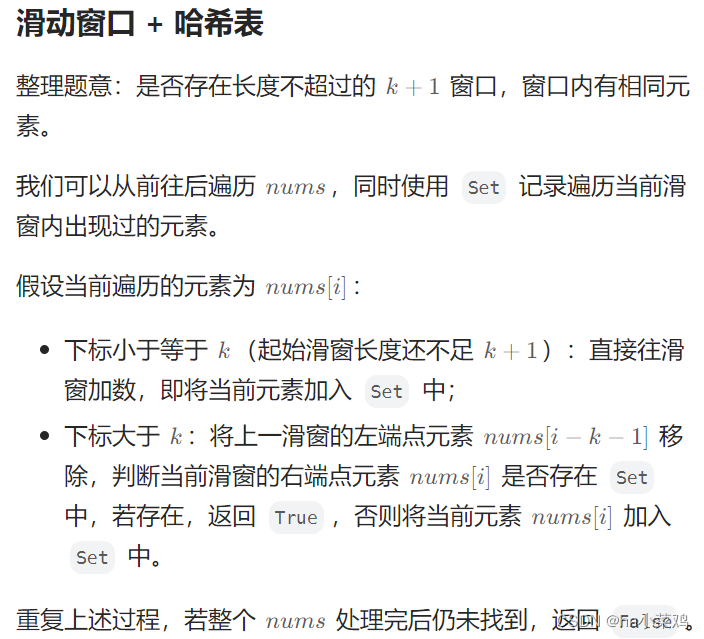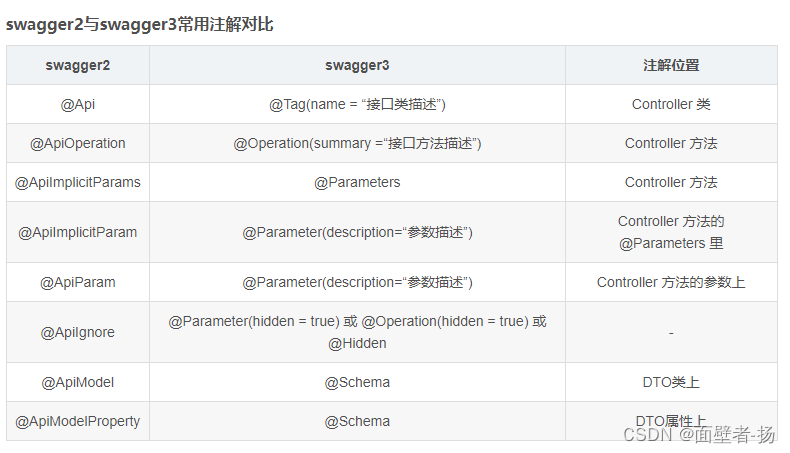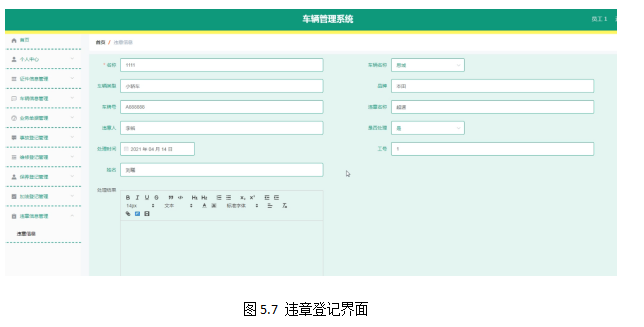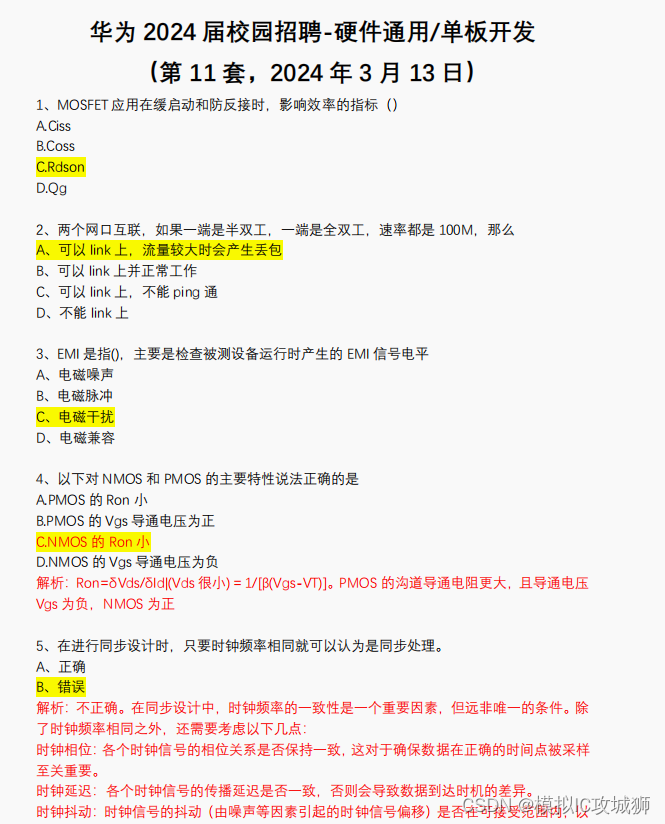创建pipenv
- 1.环境区别
- 2.安装pipenv
- 3.使用
- 1.创建项目名称
- 2.创建pipenv环境
- 3.安装包
-
- 4.查看包之间联系
- 5.进入虚拟环境
- 6.只安装dev环境的包
- 7.常见的pipenv指令
1.环境区别
- 真实环境
- 真实环境可能被系统的其他软件依赖,下载包可能导致其他软件环境变化
- virtualenv
- pipenv
2.安装pipenv
pip3 install pipenv
3.使用
1.创建项目名称
mkdir ***
2.创建pipenv环境
cd 项目名
pipenv --python 3.12

3.安装包
- 进入项目目录下
- 使用pipenv安装(如: Django)
pipenv install django
1.安装包卡顿或卡住
[[source]]
url = "https://mirrors.aliyun.com/pypi/simple"
verify_ssl = true
name = "pypi"
4.查看包之间联系
pipenv graph
- 项目开发结束更新所有包,可以跳过Pipfile.lock文件
pipenv install requests --skip-lock
5.进入虚拟环境
- 通过
pipenv shell 进入 - 进入后可以使用传统指令
- exit 可以退出
6.只安装dev环境的包
pipenv install --dev pytest --skip-lock
- –dev是指定在开发环境中安装
- –skip-lock是跳过Pipfile.lock文件
7.常见的pipenv指令
pipenv --where
pipenv --venv
pipenv --py
pipenv update
pipenv check










